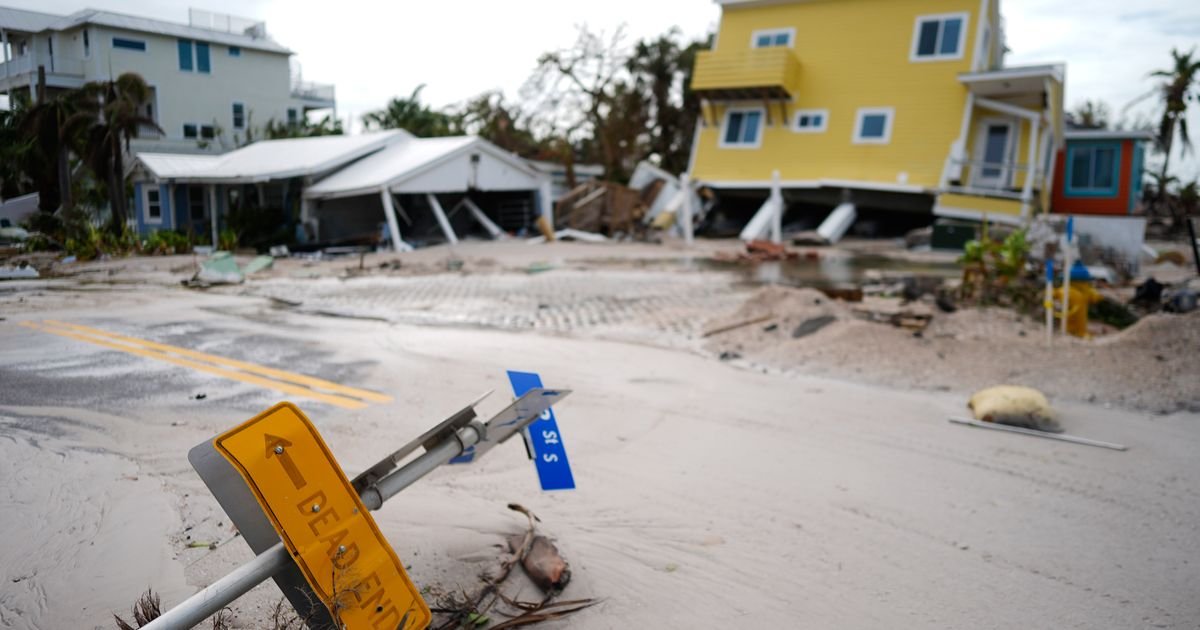Economic losses from hurricanes and other natural disasters soared in the U.S. last year and were above average globally, reflecting another year of costly severe storms, floods and droughts.
Damage caused by Hurricanes Helene and Milton helped push total economic losses from natural disasters in the U.S. to $217.8 billion last year, according to insurance broker Aon PLC.
That figure represents an 85.3% increase from 2023, when losses totaled about $117.5 billion. It’s also the largest annual tally of economic losses from natural disasters since 2017.
Insured losses, or the portion of economic losses that are covered by insurance, also rose last year. They climbed 36% to $112.7 billion, the most since 2022.
Hurricane Helene tore across six southeastern states last fall, costing $75 billion in economic losses, mainly due to inland and coastal flooding, according to Aon. Less than two weeks later, Hurricane Milton made landfall on the west coast of Florida, causing some $25 billion in economic losses.
“In 2024, one of the big differences is we had significant U.S. hurricane events that happened,” said Liz Henderson, global head of climate risk advisory at Aon. “When those events happen, they affect a large area and they affect areas with large values in terms of properties and people and content. So the losses from those events tend to be significantly higher.”
At least two other hurricanes, several severe “convective” storms and a draught contributed to the losses from natural disasters in the U.S. last year.
In addition to the severe storms in the U.S., deadly floods in the Valencia region of Spain and other natural disasters drove worldwide economic losses from natural disasters to $368 billion last year, according to Aon. That’s a 7.3% decline from 2023, but about 14% higher than the annual average going back to 2000. Global insured losses, meanwhile, climbed 15.1% to $145 billion.
While it’s impossible to predict the timing, location and losses from natural disasters, 2025 is not off to an encouraging start.
Go Ad-Free — And Protect The Free Press
Support JS
Already contributed? Log in to hide these messages.
The devastating wildfires that erupted in Los Angeles County on Jan. 7, killing at least 28 people and destroying more than 14,000 structures, are already projected to be among the costliest natural disasters.
In a separate report last week, Aon estimated that total economic and insured losses for the two largest wildfires — the Palisades fire and the Eaton blaze burning just outside Los Angeles — could reach into the lower tens of billions of dollars, likely making them the costliest wildfires in U.S. history.













Leave a Reply